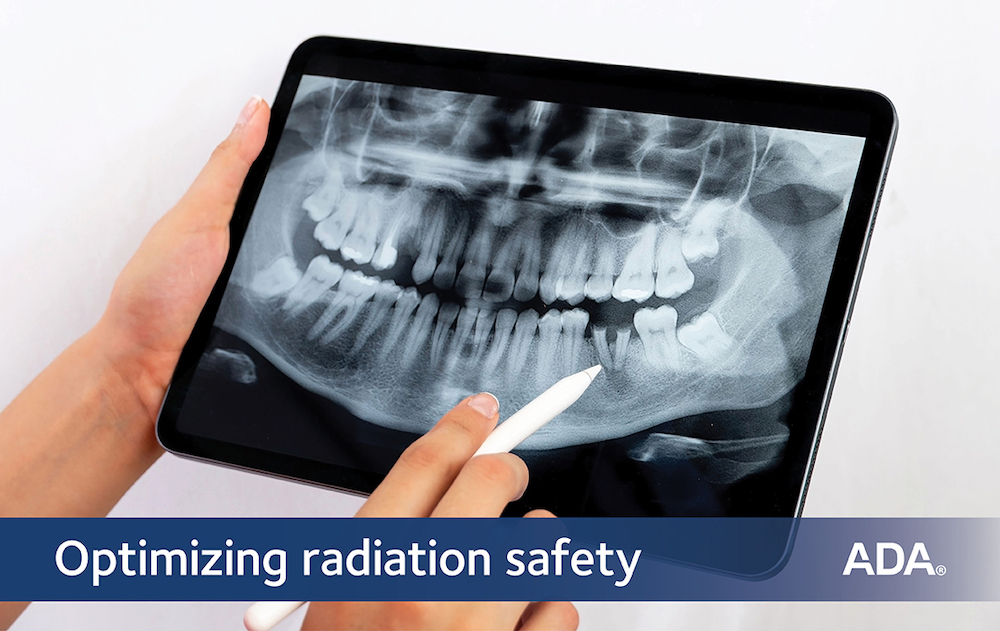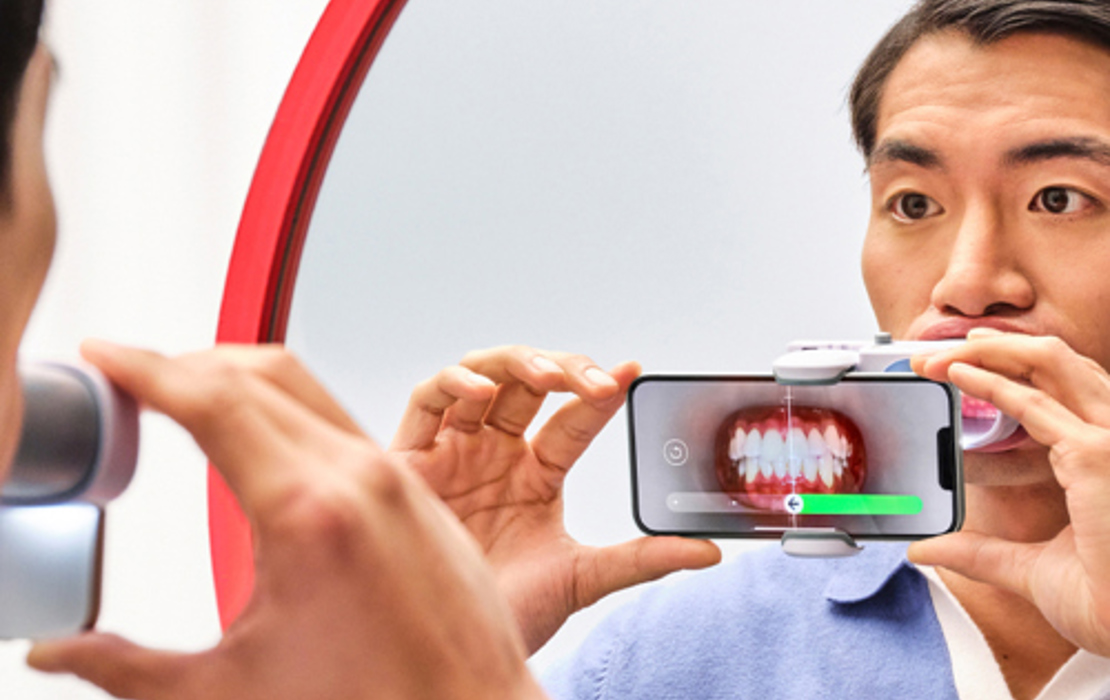Using thyroid collars during radiographic exams no longer recommended by ADA
Expert panel updates imaging safety guidance

The American Dental Association no longer recommends using thyroid collars on patients during radiographic exams.
Before taking radiographs, dentists should also consider what diagnostic information they need from the images to benefit patient care or substantially improve clinical outcomes, according to updated recommendations developed by an expert panel established by the ADA Council on Scientific Affairs.
The recommendations, published online Feb. 1 by The Journal of the American Dental Association, aim to improve radiation protection in dental radiography and cone-beam computed tomography. Medical physicists with the U.S. Food and Drug Administration supported the development of the recommendations, which are also aligned with recent guidance from the American Academy of Oral and Maxillofacial Radiology. The recommendations are the first on dental imaging safety and radiation protection from the council since 2012.
After reviewing nearly 100 articles, guidance documents and regulations related to radiography, the expert panel determined thyroid and abdominal shielding during dental imaging is no longer recommended, and the use of these forms of protective shielding should be discontinued as routine practice. Evidence indicates modern digital radiography equipment and restricting the beam size only to the area that needs to be imaged better protect patients against radiation exposure to other parts of their body. Lead aprons and thyroid collars can also block the primary X-ray beam, preventing dentists from capturing the image they need.
“When this happens, more radiographs need to be taken, and unnecessary X-rays are what we want to avoid,” said Purnima Kumar, D.D.S., Ph.D., professor of dentistry and chair of the department of periodontology and oral medicine at the University of Michigan School of Dentistry and chair of the ADA Council on Scientific Affairs. “The central point of these recommendations is that clinicians should order radiographs in moderation to minimize both patients’ and dental professionals’ exposure to ionizing radiation.”
The recommendations — which apply to all patients, regardless of age or health status, such as pregnancy — also advise dentists to safeguard patients against unnecessary radiation exposure by:
• Ordering radiographs to optimize diagnostic information and enhance patient care outcomes and making every effort to use images acquired at previous dental exams.
• Using digital instead of conventional radiographic film for imaging.
• Restricting the beam size during a radiography exam to the area that needs to be assessed.
• Properly positioning patients so the best image can be taken.
• Incorporating CBCT only when lower-exposure options will not provide the necessary diagnostic information.
• Adhering to all applicable federal, state and local regulations on radiation safety.
“We encourage dentists and their teams to review these best-practice recommendations, comply with radiation protection regulations and talk with their patients about any questions or concerns before ordering dental imaging,” Dr. Kumar said.
There may be state laws or regulations mandating continued use of certain equipment. Dentists should abide by the laws and regulations where they practice.
To view the complete recommendations, visit JADA.ADA.org. They will appear in the April issue of JADA.



